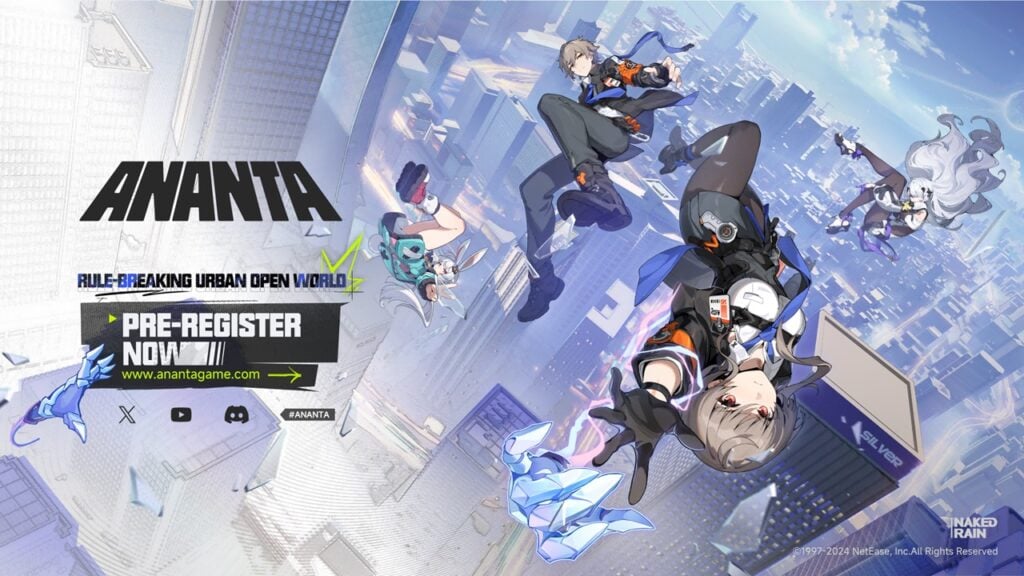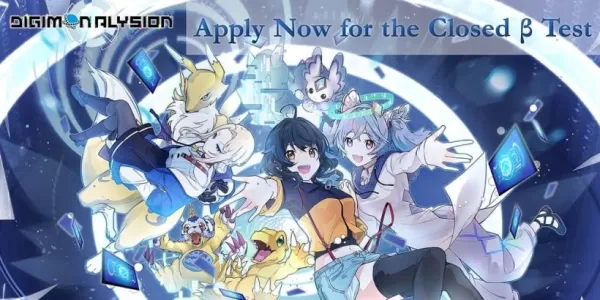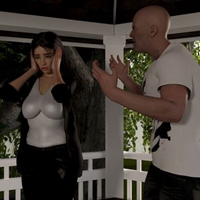Game Devs Explain Console "Eslop" Problem
There's a peculiar situation brewing on the PlayStation Store and Nintendo eShop. Over the past few months, both platforms have seen an influx of games some users derisively call "slop."
Kotaku and Aftermath have documented this issue, highlighting how the eShop, in particular, is increasingly showcasing games utilizing generative AI and misleading store pages. These tactics lure users into purchasing cheap, low-quality titles that fail to deliver on their promises. This problem has recently spread to the PlayStation Store, noticeably clogging the "Games to Wishlist" section with questionable entries.
It's not simply a matter of unremarkable games; those exist on every platform. The issue is a deluge of strikingly similar games, overshadowing other titles. These "slop" games are often simulation games, perpetually discounted, frequently mimicking popular games' themes or even outright stealing names and concepts. Their hyper-stylized art and screenshots reek of generative AI, yet the actual gameplay rarely matches the storefront promises. They're often clunky, with poor controls, technical issues, and minimal features.Furthermore, as many users have noted, a small number of companies churn these games out relentlessly. As YouTube creator Dead Domain discovered, these companies are difficult to track and hold accountable, often lacking substantial online presence or readily available business information. Some even appear to change names frequently to avoid detection.
Growing user frustration on both stores has led to calls for better regulation, especially given the Nintendo eShop's deteriorating performance, seemingly slowing down as it becomes increasingly cluttered.
To understand this situation, I investigated how these games flood the storefronts, why PlayStation and Nintendo are particularly affected, why Steam seems relatively unscathed, and why Xbox is largely unaffected.
The Certification Process
I interviewed eight game development and publishing professionals (all requesting anonymity due to fear of platform holder reprisal). Their extensive experience releasing games on Steam, Xbox, PlayStation, and Nintendo Switch provided valuable insights into the game release process, potentially explaining the disparity in "slop" across platforms.
Generally, the process involves pitching to Nintendo, Sony, Microsoft, or Valve, gaining access to development portals and devkits (for consoles). Developers then complete forms detailing their game, including technical specifications (single/multiplayer, internet connection, controller support, etc.). Then comes "cert" (certification, lotcheck—essentially the same process), where the platform holder verifies the build meets platform requirements. These are highly specific technical requirements, such as testing save corruption scenarios and controller disconnections. Steam and Xbox publicly list many of their requirements; Nintendo and Sony do not.
Certification also checks for legal compliance (e.g., avoiding copyright infringement) and ESRB rating accuracy. Several interviewees stressed platform holders' strictness regarding age ratings, noting that any discrepancy can significantly delay or halt a game's release.
A common misconception is that certification equates to a quality assurance (QA) check. As one publisher stated, "A common misconception amongst The Gamers™ and even inexperienced devs is this is tantamount to a QA check. This is incorrect; that's the responsibility of the developer/publisher prior to submission. The platforms check to make sure the game's code complies with hardware specifications."
Passing certification allows release; failure results in resubmission after addressing the identified issues. Interviewees reported rarely receiving concrete feedback from platform holders on resolving submission failures, often receiving only error codes. Nintendo was frequently cited for rejecting games without clear explanations.
Store Page Presentation
Regarding store pages, all platform holders have requirements for accurate game representation in screenshots. However, the enforcement varies. Screenshot reviews primarily focus on ensuring consistent imagery (e.g., correct controller buttons) and language.
One interviewee recounted a case where a developer submitted PC screenshots with foliage and reflections impossible on the Nintendo Switch. Nintendo questioned the screenshots' origin, leading to the developer realizing and correcting their mistake. This highlights the lack of direct access to game builds for store review teams.
While Nintendo and Xbox review all store page changes before live deployment, PlayStation performs a single check near launch. Valve reviews the page initially but reportedly does not review subsequent changes. One interviewee stated, "You can quite literally submit the store page as one game, get Valve approval and then change everything and then put it live."
While some diligence exists in verifying the product matches the description, the standards are loosely defined, allowing many games to slip through. As one interviewee explained, "Typically, checking for accurate store information is not done in advance; rather, we've found that platform holders will usually trust the developer and what information they provide. In other words, developers get to ask for forgiveness instead of permission, basically."
Even when checked, the definition of "accurate representation" is vague. An example provided was "Street Survival: Homeless Simulator," whose store page described progression from nothing to increasing difficulty, while screenshots didn't reflect this.
The penalty for misleading screenshots is usually removal of the offending content. While developers have incentives to comply (risk of delisting), minor inaccuracies often result in minimal consequences.
Importantly, none of the three console storefronts have specific rules regarding generative AI use in games or store page assets. Steam includes a content survey question about generative AI use, but it doesn't restrict its application.
The EShop and Beyond
The question remains: why are Sony and Nintendo's stores flooded with these games? Why are Xbox and Steam less affected? Several developers explained that while Nintendo, Sony, and Valve vet developers/publishers, Microsoft vets games individually. This means that once approved, developers can easily release multiple games on Nintendo, Sony, and Valve platforms as long as they pass certification. Xbox's game-by-game approval makes it less susceptible to the "slop" problem. "Which is why Xbox has fewer (not no) ‘game-shaped objects’," one publisher noted.
Another interviewee stated, "I think [Xbox] really puts a lot of effort into their service. I would say they are tougher to launch on than something like [Epic Games Store] or Steam solely because they have pretty high standards for their pages and are very hands-on. In my experience, you work with their ID team directly to work through both your page and build cert. They will truly bend over backwards for you, even if you don’t see eye to eye.”
Nintendo and PlayStation's developer-based approval, focusing solely on technical violations, allows a few companies to overwhelm their storefronts with low-quality games. One developer said, "Nintendo is probably the easiest to scam. Once I’m in the door, I could make ‘Fart Fart Boobie Fart: The Game’ and maybe it would eventually get taken down, but it’s so odd.”
A publisher described a tactic used to boost visibility on the Nintendo eShop: releasing bundles with 28-day discounts, then creating new bundles immediately afterward to maintain top placement in "New Releases" and "Discounts." A similar issue exists on PlayStation, where automatic lists and the "Games to Wishlist" tab's sorting by release date push low-quality games to the top.
While generative AI is often blamed, it's not the primary issue. While some games use AI-generated assets, others use generic art. Generative AI is not yet capable of creating complete games that pass even lax certification processes. Interestingly, while Xbox is least affected, it's considered the least likely to discourage AI use due to its investment in the technology.
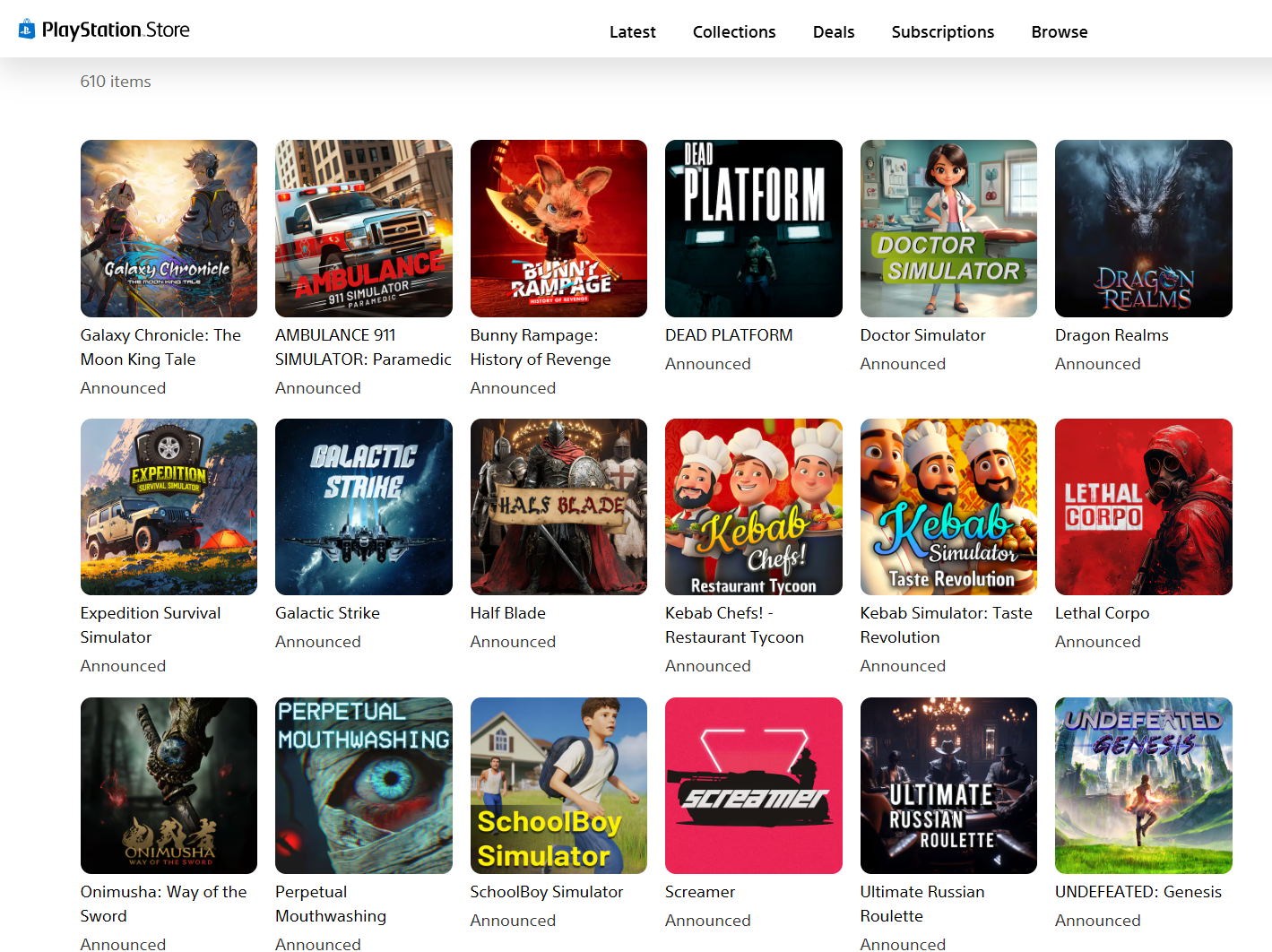
All Games Allowed?
Users have urged Nintendo and Sony to address storefront regulation. We contacted both companies, but neither responded. Microsoft also did not respond.
Interviewees expressed pessimism, expecting little change from Nintendo, even with the Switch 2. One noted Nintendo's incremental improvements to its storefront across generations, stating, "It’s logic-defying how their stores are so bad. They could check anyone else’s store and see what to do...I am optimistic it will be 10% better than the Switch store.”
However, Nintendo's web browser eShop is considered functional and relatively free of the "slop" problem, suggesting potential for improvement in the Switch 2's eShop.
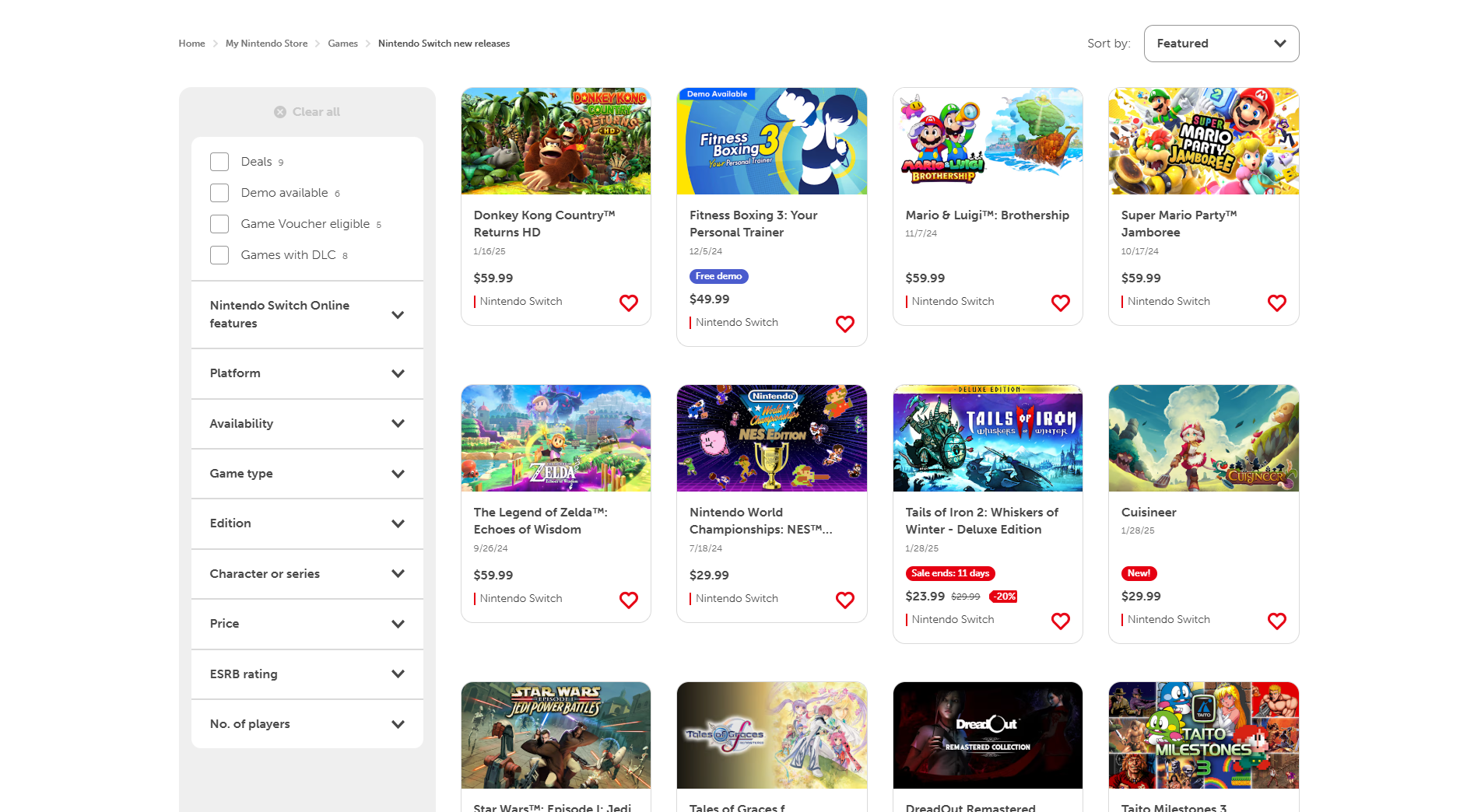
However, aggressive platform regulation isn't a guaranteed solution. Nintendo Life's "Better eShop" attempt to filter out low-quality games faced criticism for mistakenly flagging legitimate titles, highlighting the risk of inadvertently targeting quality software.
One publisher expressed concern, stating, "Personally, I fear that game platforms like Nintendo, if they decide to actually take action, might accidentally target quality software that doesn't rely on generative AI or similar shortcuts."
Another interviewee expressed sympathy for platform holders, noting the human element in reviewing a vast number of games and the difficulty in distinguishing between student projects, bad games, asset flips, and AI-generated games. They concluded, "First-parties are trying to strike a balance between allowing bad games to be published and cynical cash grabs. And sometimes it's not easy to know where to put the foot down.”
-
1

GTA 6 Set for Fall 2025 Release, CEO Confirms
Apr 03,2025
-
2

First ALGS in Asia Emerges in Japan
Jan 19,2025
-
3
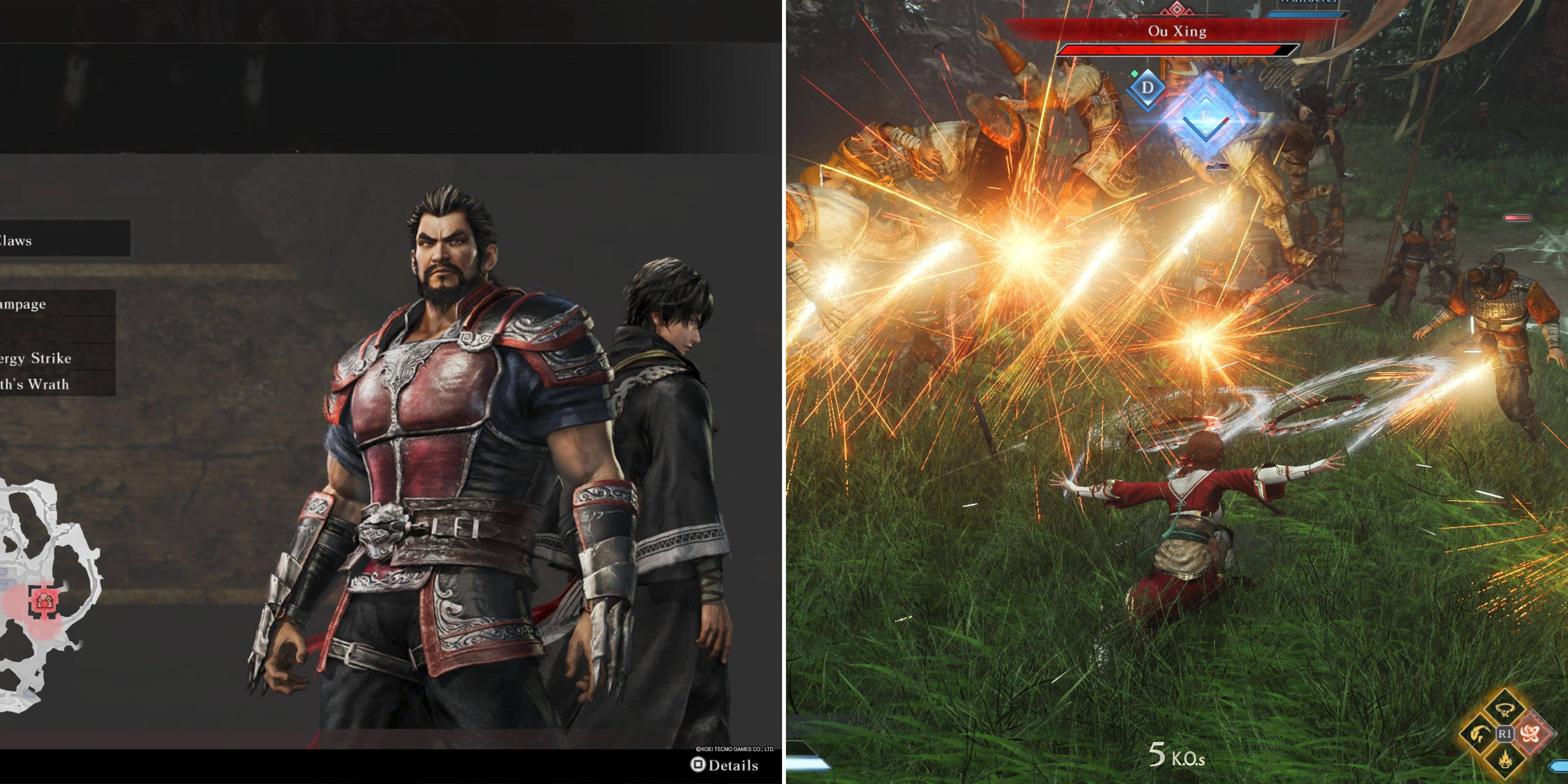
Introducing the Ultimate Guide to Seamless Character Swapping in Dynasty Warriors: Origins
Feb 25,2025
-
4

Roblox: CrossBlox Codes (January 2025)
Mar 04,2025
-
5
![Roblox Forsaken Characters Tier List [UPDATED] (2025)](https://img.jdzca.com/uploads/18/17380116246797f3e8a8a39.jpg)
Roblox Forsaken Characters Tier List [UPDATED] (2025)
Mar 05,2025
-
6
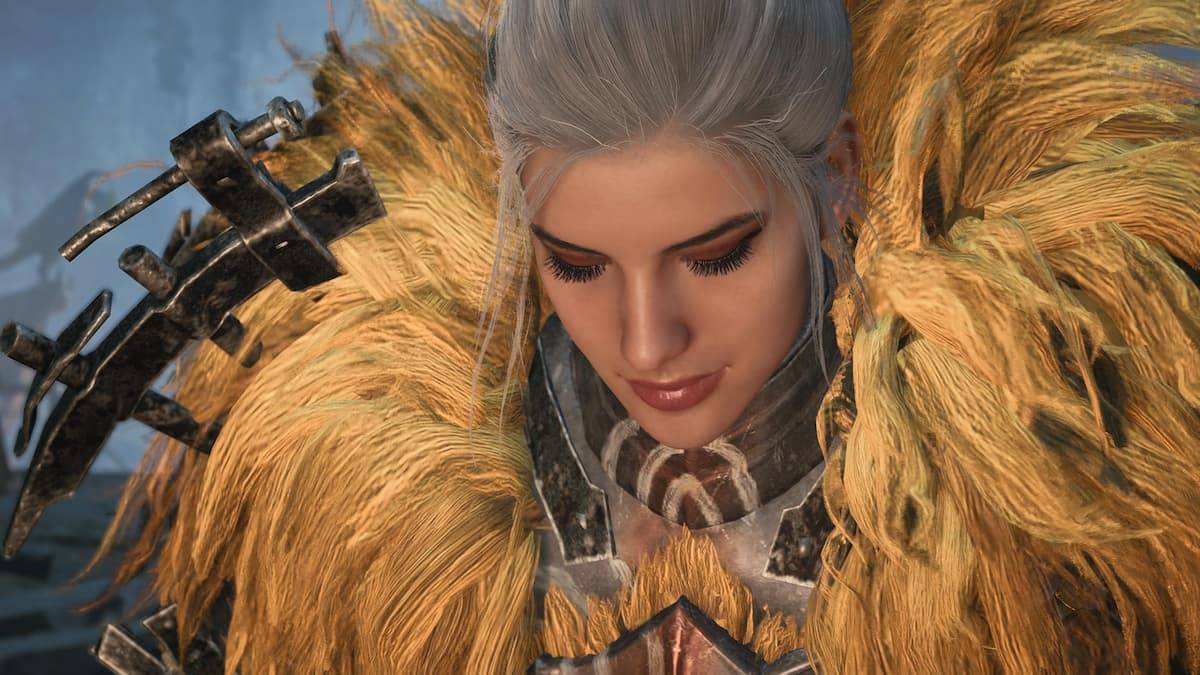
Max Hunter Rank in Monster Hunter Wilds: Tips to Increase
Apr 04,2025
-
7

Cute mobs in Minecraft: pink pigs and why they are needed
Mar 06,2025
-
8
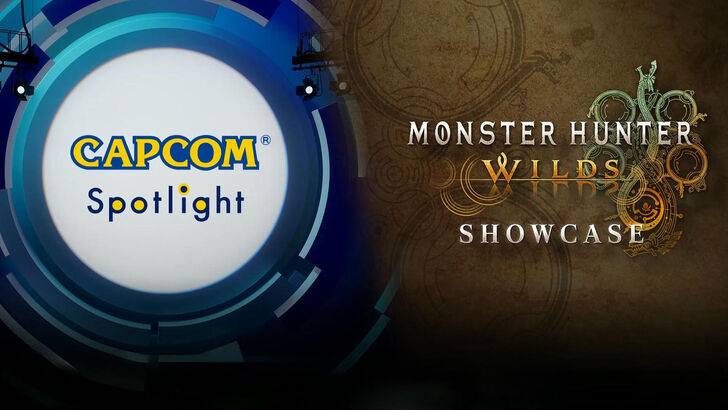
Capcom Spotlight Feb 2025 Showcases Monster Hunter Wilds, Onimusha and More
Apr 01,2025
-
9
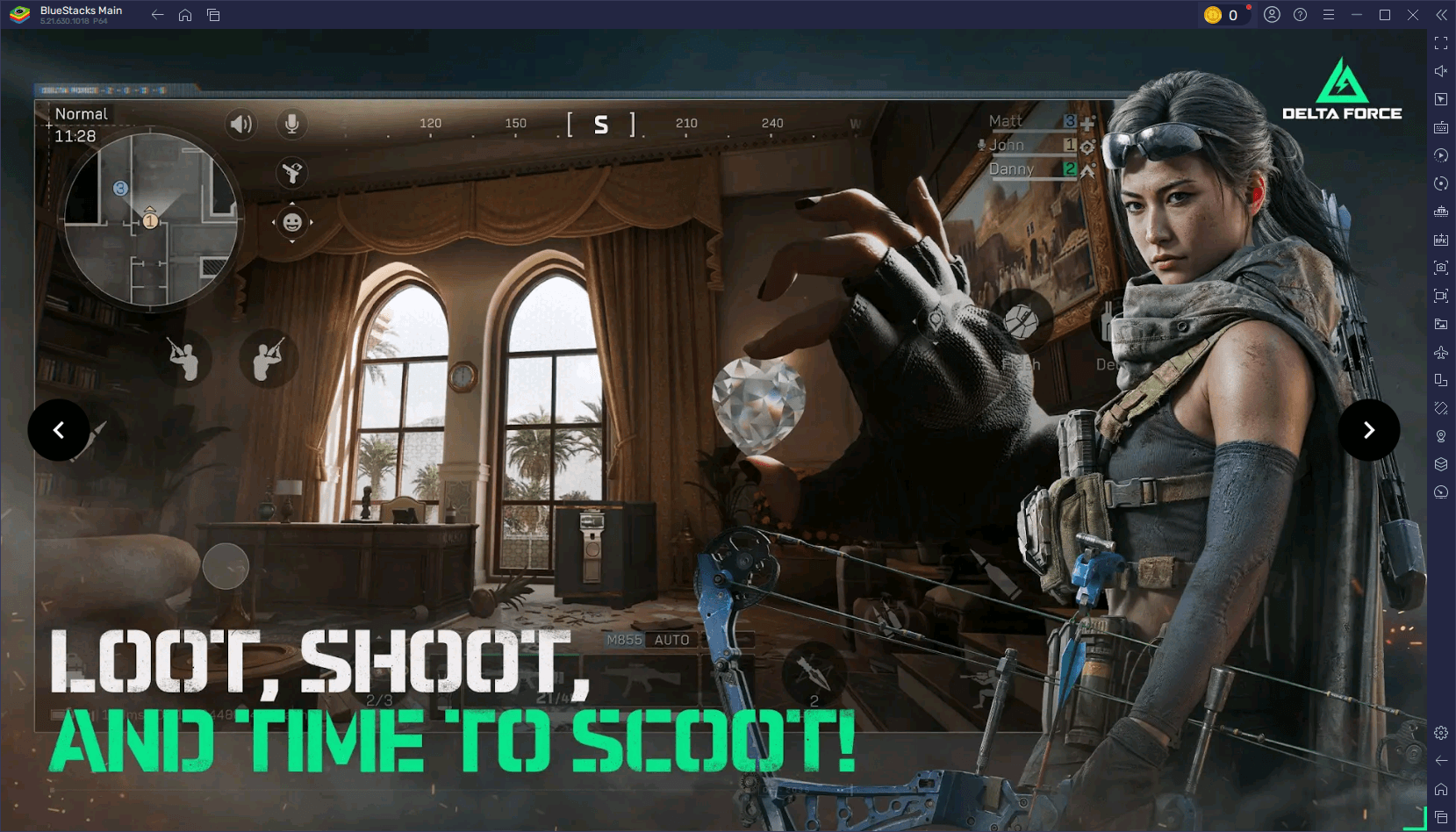
Delta Force Mobile: Beginner's Guide to Getting Started
Apr 23,2025
-
10
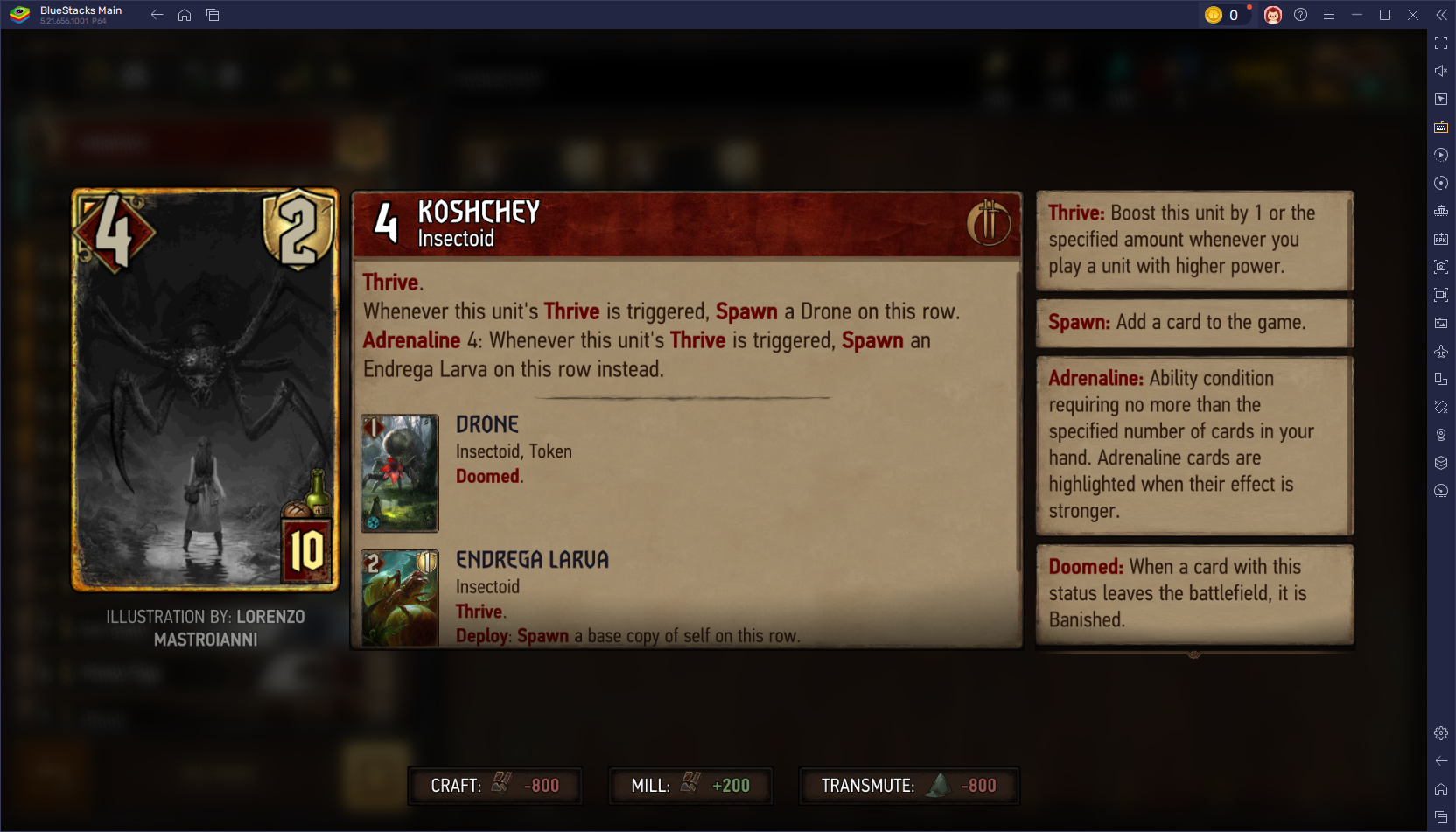
Gwent: Top 5 Witcher Decks (2025 Update)
Mar 13,2025
-
Download

Portrait Sketch
Photography / 37.12M
Update: Dec 17,2024
-
Download

Friendship with Benefits
Casual / 150.32M
Update: Dec 13,2024
-
Download
![[NSFW 18+] Sissy Trainer](https://img.jdzca.com/uploads/16/1719638919667f9b874d57e.png)
[NSFW 18+] Sissy Trainer
Casual / 36.00M
Update: Dec 11,2024
-
4
F.I.L.F. 2
-
5
슬롯 마카오 카지노 - 정말 재미나는 리얼 슬롯머신
-
6
Pocket Touch Simulation! for
-
7
Shuffles by Pinterest
-
8
Life with a College Girl
-
9
Chubby Story [v1.4.2] (Localizations)
-
10
Hunter Akuna

